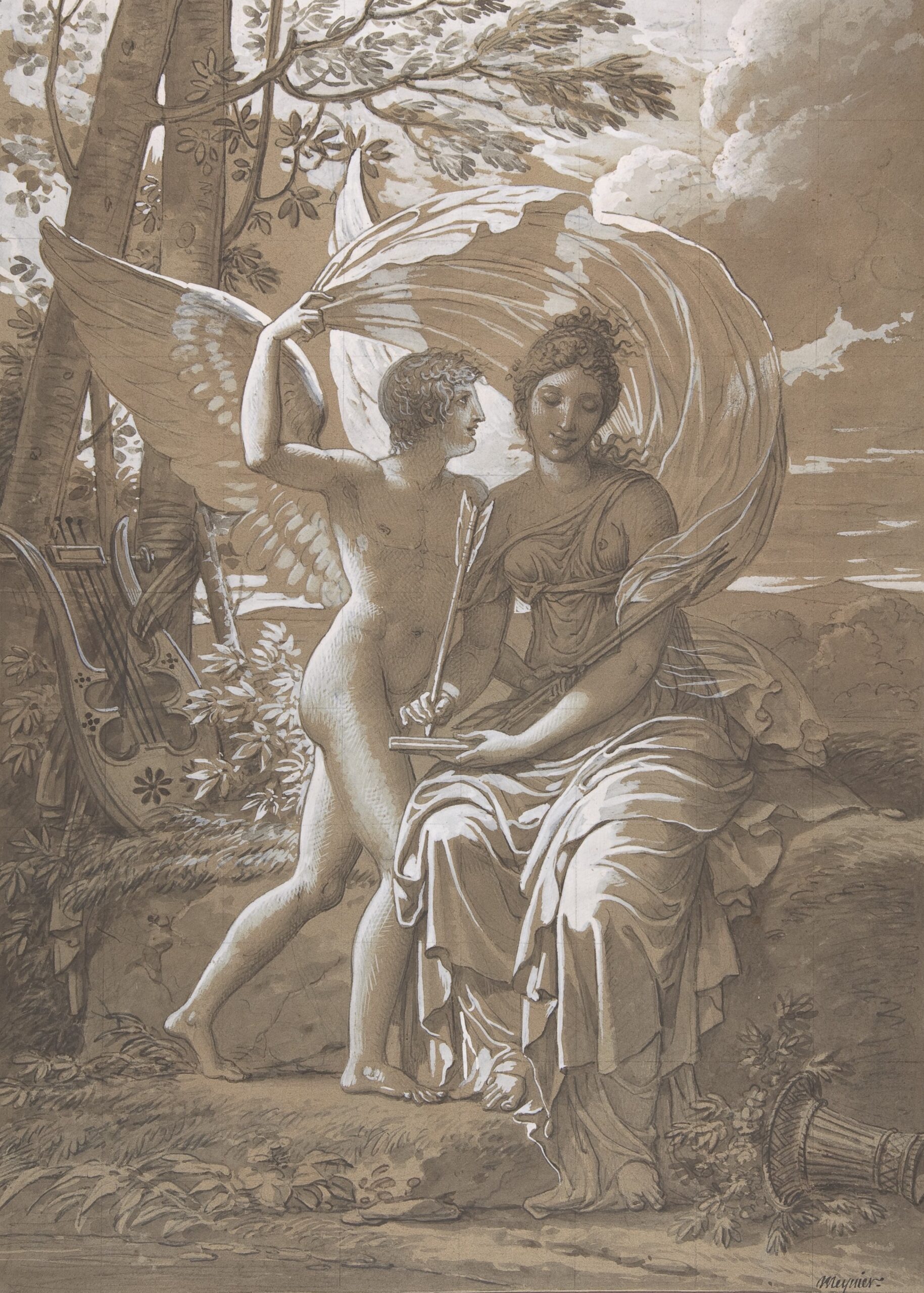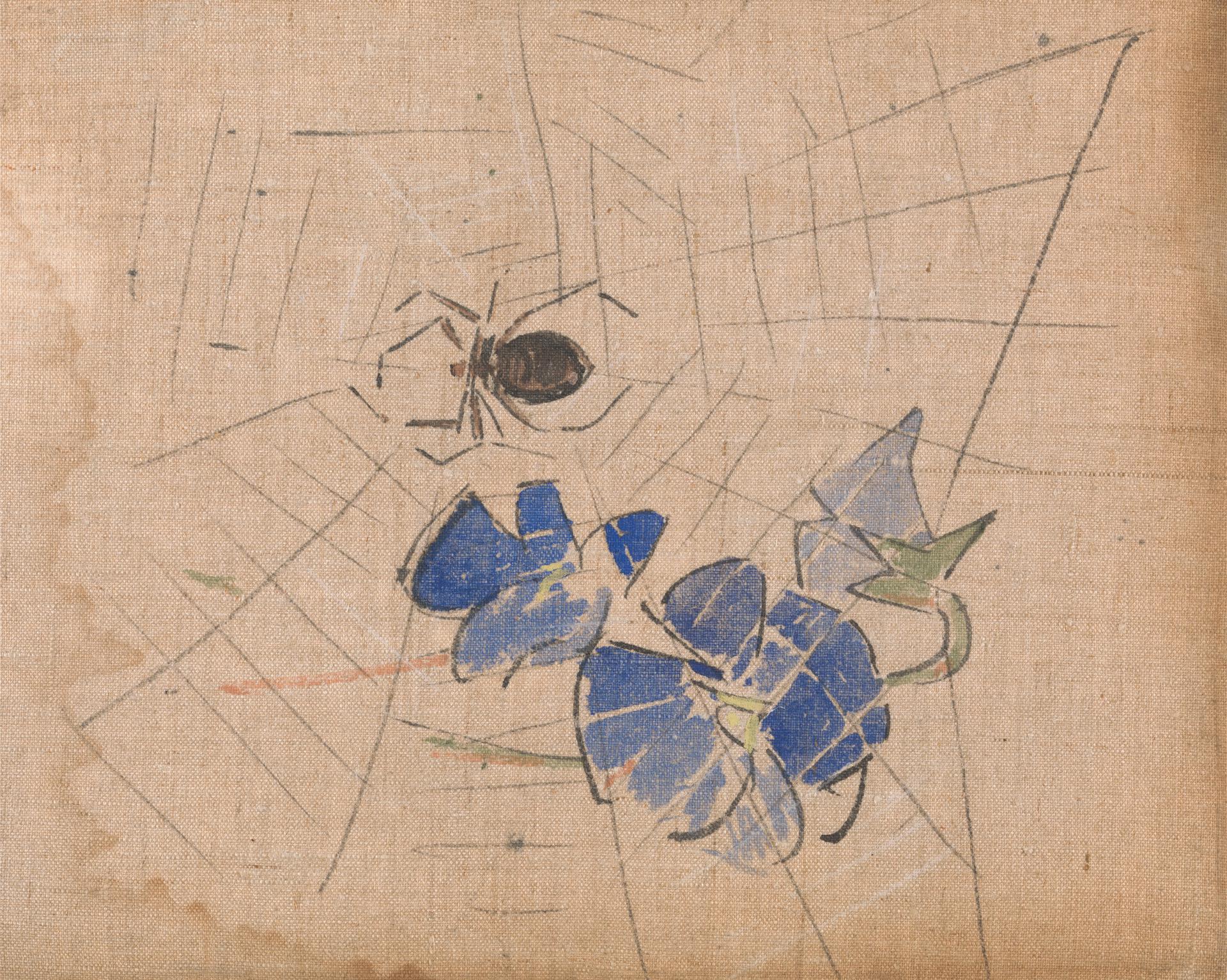 The four-and-one-half-hour evening train ride from Ann Arbor, Mich., to Chicago marks the beginning of my occasional, brief getaways. I’ve devised my own routine: as soon as the conductor checks my ticket, I head to the food car to pick up a small bottle of Cabernet and a frozen pizza — something I’d hardly eat if it were elsewhere — to accompany the film I’ve already picked out. One time, the film I had chosen was The Stoning of Soraya M. It describes the real story of an Iranian woman named Soraya, who is stoned to death as required by the rules of Shari’a, when she is (wrongfully) accused by her husband of having committed adultery. It is a powerful and moving film — less because of its cinematography, and more due to the plot.
The four-and-one-half-hour evening train ride from Ann Arbor, Mich., to Chicago marks the beginning of my occasional, brief getaways. I’ve devised my own routine: as soon as the conductor checks my ticket, I head to the food car to pick up a small bottle of Cabernet and a frozen pizza — something I’d hardly eat if it were elsewhere — to accompany the film I’ve already picked out. One time, the film I had chosen was The Stoning of Soraya M. It describes the real story of an Iranian woman named Soraya, who is stoned to death as required by the rules of Shari’a, when she is (wrongfully) accused by her husband of having committed adultery. It is a powerful and moving film — less because of its cinematography, and more due to the plot.
As I watched, I could tell that the woman sitting next to me was taking sneak peaks at the film every now and then. When I finished, she told me that she found the film to be really interesting, and asked me what the title is. At times like this, I find myself caught in a dilemma — a feeling I suspect many Middle Eastern women get. On the one hand, I too am enraged and have my feminist blood boil at how cruel certain Middle Eastern practices can be toward women. Yet, on the other hand, I worry about the tendency that people may have of succumbing all too easily to culture blaming, perceiving these practices as abstract and independent of historical and global relations. I struggle with the fine balance of condemning violations of human rights without accidentally submitting to contemporary extensions of Orientalism.
I was reminded of this dilemma during Nobel Laureate Tawakkol Karman’s speech at the University of Michigan on Nov. 14. Karman is a Yemeni feminist activist who played active roles before and during the Yemeni uprising, considered part of the Arab Spring. Throughout her speech, you could see Karman’s determination to bring democracy and gender equality to Yemen emanating from her whole being. She touched upon issues like how, during President Ali Abdullah Saleh’s rule, women were trapped in their homes under the veil of religion; whereas now, they were out on the streets, not only taking part, but leading the revolution in many aspects.
In popular culture, Middle Eastern women are rarely depicted as such — willful and agentic. Instead, we see them as a category, rather than individuals, that is surrounded by inhuman (male) oppression. We often receive depictions of Middle Eastern women as submissive and helpless, forced to hide their bodies, and we hardly ever discuss their determination as individuals. Indeed, as Turkish writer Elif Şafak mentions in her TED Talk of July 2010, when Middle Eastern women in literature do not fit these descriptions, they are found not to be “Middle Eastern enough.” Thus, it might surprise some that Karman, who stood strong as she chanted her slogans of peace to the auditorium, with her hands forcefully shooting high up in the air, still chooses to wear the headscarf.
Craig Thompson’s latest graphic novel Habibi, and Denis Villeneuve’s 2010 film Incendies are two recent narratives that I’ve very much enjoyed, which endorse counter-stereotypical portrayals for their respective Middle Eastern female protagonists, Dodola and Nawal. Both Dodola and Nawal are illustrated as determined individuals, who survive through hardships unimaginable to most of us. And while both women are strong, at a closer glance, there are subtle differences in terms of the perspectives these two depictions provide on Middle Eastern women. This is seen most vividly in the relationships the two women have with their own bodies.
 Thompson’s Habibi takes place in a country named Wanatolia (a somewhat cheesy play on the word Anatolia). Wanatolia is portrayed as a timeless Middle Eastern country characterized by a water crisis surrounding a spectacular dam, with contrasting skylines of modern skyscrapers and neglected shantytowns, ruled by its insatiable sultan, constantly on the lookout for new gems to be added to his harem.
Thompson’s Habibi takes place in a country named Wanatolia (a somewhat cheesy play on the word Anatolia). Wanatolia is portrayed as a timeless Middle Eastern country characterized by a water crisis surrounding a spectacular dam, with contrasting skylines of modern skyscrapers and neglected shantytowns, ruled by its insatiable sultan, constantly on the lookout for new gems to be added to his harem.
Dodola is one of the women kidnapped by the sultan’s guards for the harem. Being part of the harem means giving up ownership of one’s own body, readying it for service of the sultan’s lustful urges; whenever and wherever they may emerge. In contrast to the plump and outright unattractive sultan, Dodola is beautiful and skinny. Yet, in spite of how attractive she may seem to others, Dodola feels a strong disconnect with her own body. This feeling of disconnect is further enhanced when she’s impregnated by the sultan with the heir of Wanatolia, and as her body begins to accumulate fat. While it seems here that Thompson has yielded to the contemporary pressures of the slim and tender female body image, there is many a reason for Dodola to feel a disconnect with her body. As a nine-year-old girl, Dodola is sold into marriage by her parents, in order to survive the drought. And at 12, her husband is murdered by thieves, and Dodola is sold into slavery.
Thus, Dodola’s body is portrayed as a commodity throughout most of the novel. Even when she and Zam, the 3-year-old boy she rescues from the slave market, attain freedom and start a new life on a boat they find lodged in the middle of the desert (an allusion to Noah’s Ark), Dodola has to sell her body in order to gain advantage to steal food from caravans passing by — the cliché of the woman as the seductress who uses her body as an object to manipulate men into getting what she wants. It’s not long before her violent methods of seduction turn her into the legendary devil woman of the desert, sucking the life out of men through their penises, and leading “an army of jinn.” Her myth is so robust that even the sultan of Wanatolia believes that her magical powers are the solution to his boredom. The exoticization of Dodola as such is reminiscent of the portrayals of Middle Eastern women in old Orientalist art and texts. So, although Thompson, on the surface, illustrates Dodola as a strong and determined character who overcomes challenges like poverty, illness, and rape, he can’t seem to escape the pitfalls of these age-old, sexist stereotypes. Indeed, the legend of Dodola reaches many men in Wanatolia, one of whom eventually rapes Dodola in the desert. Thus, Dodola is rendered helpless even in one of the rare situations where she is using her own body at her own will, for her own benefit.
 Incendies also takes place in a fictional Middle Eastern country. The film opens with the panoramic view of a desolate land, ornate with scarce palm trees extending tall into the sky, resembling the Arabic letter alif — a reminder of death as a path from earth up to heaven. As the camera scans the landscape, Radiohead’s “You and Whose Army?” fades in, and we are zoomed in through the window of one of the classrooms of a torn down and abandoned school building. The song is blasting now, and we are shown a group of adolescent boys whose heads are being shaved by a couple of men who look like guerilla fighters. Later on, we can infer that the boys are being prepped as militants to fight in the streets during what seems like a civil war, to kill other boys who look just like them. And one of them, the boy with the three black dots tattooed to his foot, is political activist Nawal Marwan’s long-lost son, Abou Tarek, the famous torturer of Kfar Rayat, a prison for political criminals.
Incendies also takes place in a fictional Middle Eastern country. The film opens with the panoramic view of a desolate land, ornate with scarce palm trees extending tall into the sky, resembling the Arabic letter alif — a reminder of death as a path from earth up to heaven. As the camera scans the landscape, Radiohead’s “You and Whose Army?” fades in, and we are zoomed in through the window of one of the classrooms of a torn down and abandoned school building. The song is blasting now, and we are shown a group of adolescent boys whose heads are being shaved by a couple of men who look like guerilla fighters. Later on, we can infer that the boys are being prepped as militants to fight in the streets during what seems like a civil war, to kill other boys who look just like them. And one of them, the boy with the three black dots tattooed to his foot, is political activist Nawal Marwan’s long-lost son, Abou Tarek, the famous torturer of Kfar Rayat, a prison for political criminals.
Like Dodola, Nawal is made to forfeit ownership of her own body quite frequently. Early in the film, when Nawal is young, her lover is murdered by her male relatives, the reason being that a Muslim man cannot be suitable to marry Nawal, who is Christian. Nawal, a disgrace to the family’s honor, is forced to give up her illegitimate love child, who will later be known as the aforementioned Abou Tarek, and whom she promises to find one day and love forever. Thus, Nawal’s body is similarly portrayed as a commodity, just like that of Dodola’s. Nawal’s body is owned collectively, is an important determinant of things like honor and reputation for her family, and therefore decisions regarding her body are too important to be given by her. Yet, throughout the film, we see Nawal losing and regaining volition over decisions regarding her body. For instance, Nawal chooses to become politically involved in the civil war, and by disguising herself as a tutor to a nationalist general’s son, attempts the assassination of the general. This is not a very typical portrayal of Middle Eastern women, and demonstrates the urge in Nawal to take charge and make a change. As a result, however, she is sent to Kfar Rayat, where she is regularly tortured and raped. Thus, her body is once again violated, to the extent that she becomes pregnant by her torturer, Abou Tarek, and is prevented from causing a miscarriage. Thus, Nawal becomes pregnant with twins by her long-lost son, neither of them being aware of the situation.
There are many parallels between Dodola’s and Nawal’s stories of struggle. Both are kept in prison cells almost too small to allow them to stand for extended periods of time, suffering leisurely rapes by men, yet unwilling to give up. Both survive the pains of being separated from their loved ones, and both are reunited with them as a result of their strength and determination. What differentiates Nawal’s portrayal from that of Dodola’s is the way Nawal refuses to give up ownership of her body, and accepts its legacy no matter what. At the end of Incendies, Nawal’s twin children, as asked of them in her will, deliver to Abou Tarek the two letters from her: one written to her torturer/rapist, and the other to her son. Thus, Nawal accepts her baby, despite her devastation at what he has become, and keeps the promise she gave him when he was born, in contrast to Dodola who feels that the sultan’s baby growing inside her has taken over her body, pulling on her ribs mercilessly. In contrast to Dodola, who was not saddened by the death of her baby nearly as much as her servant was, Nawal manages to separate the rapist from the son, condemning one while embracing the other, and owns her body in an oblique way. Dodola, however, submits to male domination over her body.
Some have blamed both Villeneuve and Thompson for perpetuating stereotypical beliefs of the Middle East as being composed of war- and poverty-stricken nations, rich with male oppression and crudeness, by setting their stories in the Middle East rather than anywhere else. In Incendies, Nawal’s homeland is never named, and cities are given novel names. Yet, many have thought that parts of the plot bear a strong resemblance to Lebanon’s history, particularly to the Israeli occupation of the 1980s, and there are many similarities between Nawal’s story and Lebanese activist Soha Bechara’s life. These resemblances strike me as reminders of how blurred the line is between reality and fiction. Such an idea lends authority to the abovementioned criticisms — that the depicted events, or ones very similar, could have easily happened elsewhere. It’s difficult not to agree with these criticisms, in light of how easily these stereotyped incidents become essentialized parts of particular cultures, threatening them with further stigmatization. The outcome of Thompson’s well-intentioned depiction of Dodola demonstrates the importance of being mindful of these issues in literature, as in any other medium. However, I also agree with Azar Nafisi, who quotes Adorno saying, “the highest form of morality is to not feel at home in one’s own home.” I find there to be value in being uncomfortable about certain things that go on in your own part of the world, and being comfortable with bringing them forth to a global community for discussion. So, that day on the train, I decided to give my copy of The Stoning of Soraya M. to the curious woman sitting next to me.








